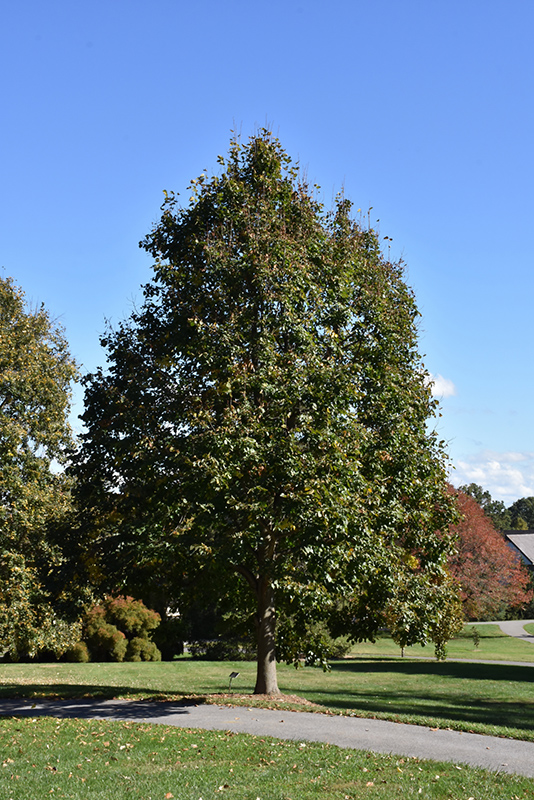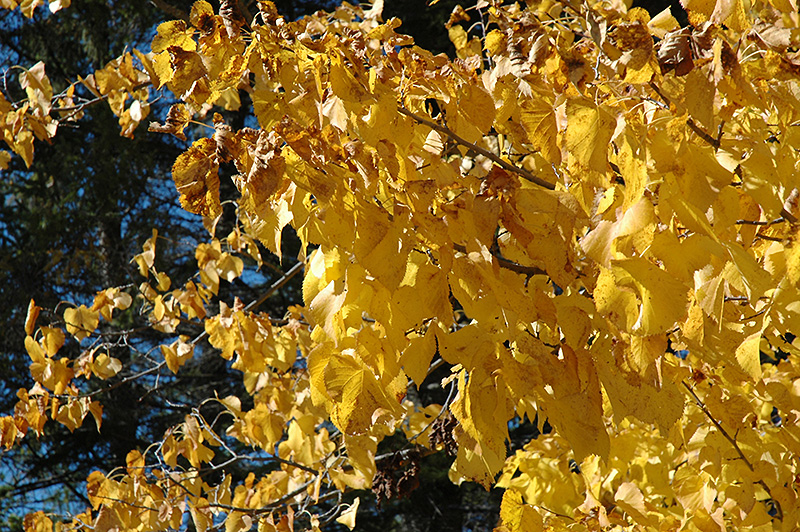Height: 40 feet Spread: 35 feet
Sunlight:
Hardiness Zone: 3b Other Names: Basswood, American Linden Description: A beautiful shade tree prized for its strongly pyramid-shaped form throughout life, clean habit and fragrant yellow flowers in early summer, more compact than the species, makes a great shade or street tree; very adaptable and low maintenance Ornamental Features Linden, Redmond is primarily valued in the landscape for its distinctively pyramidal habit of growth. It features subtle clusters of fragrant buttery yellow flowers with tan bracts hanging below the branches in early summer. It has dark green deciduous foliage. The large heart-shaped leaves turn an outstanding yellow in the fall. However, the fruit can be messy in the landscape and may require occasional clean-up. Landscape Attributes Linden, Redmond is a dense deciduous tree with a strong central leader and a distinctive and refined pyramidal form. Its relatively coarse texture can be used to stand it apart from other landscape plants with finer foliage. This is a relatively low maintenance tree, and is best pruned in late winter once the threat of extreme cold has passed. It is a good choice for attracting birds and bees to your yard, but is not particularly attractive to deer who tend to leave it alone in favor of tastier treats. It has no significant negative characteristics. Linden, Redmond is recommended for the following landscape applications; Planting & Growing Linden, Redmond will grow to be about 40 feet tall at maturity, with a spread of 35 feet. It has a high canopy of foliage that sits well above the ground, and should not be planted underneath power lines. As it matures, the lower branches of this tree can be strategically removed to create a high enough canopy to support unobstructed human traffic underneath. It grows at a medium rate, and under ideal conditions can be expected to live for 70 years or more. This tree should only be grown in full sunlight. It prefers to grow in average to moist conditions, and shouldn't be allowed to dry out. This plant should be periodically fertilized throughout the active growing season with a specially-formulated acidic fertilizer. It is not particular as to soil type or pH. It is somewhat tolerant of urban pollution. This is a selection of a native North American species.![]()
![]()
![]()
![]()
![]()
![]()
![]()
![]()
![]()


